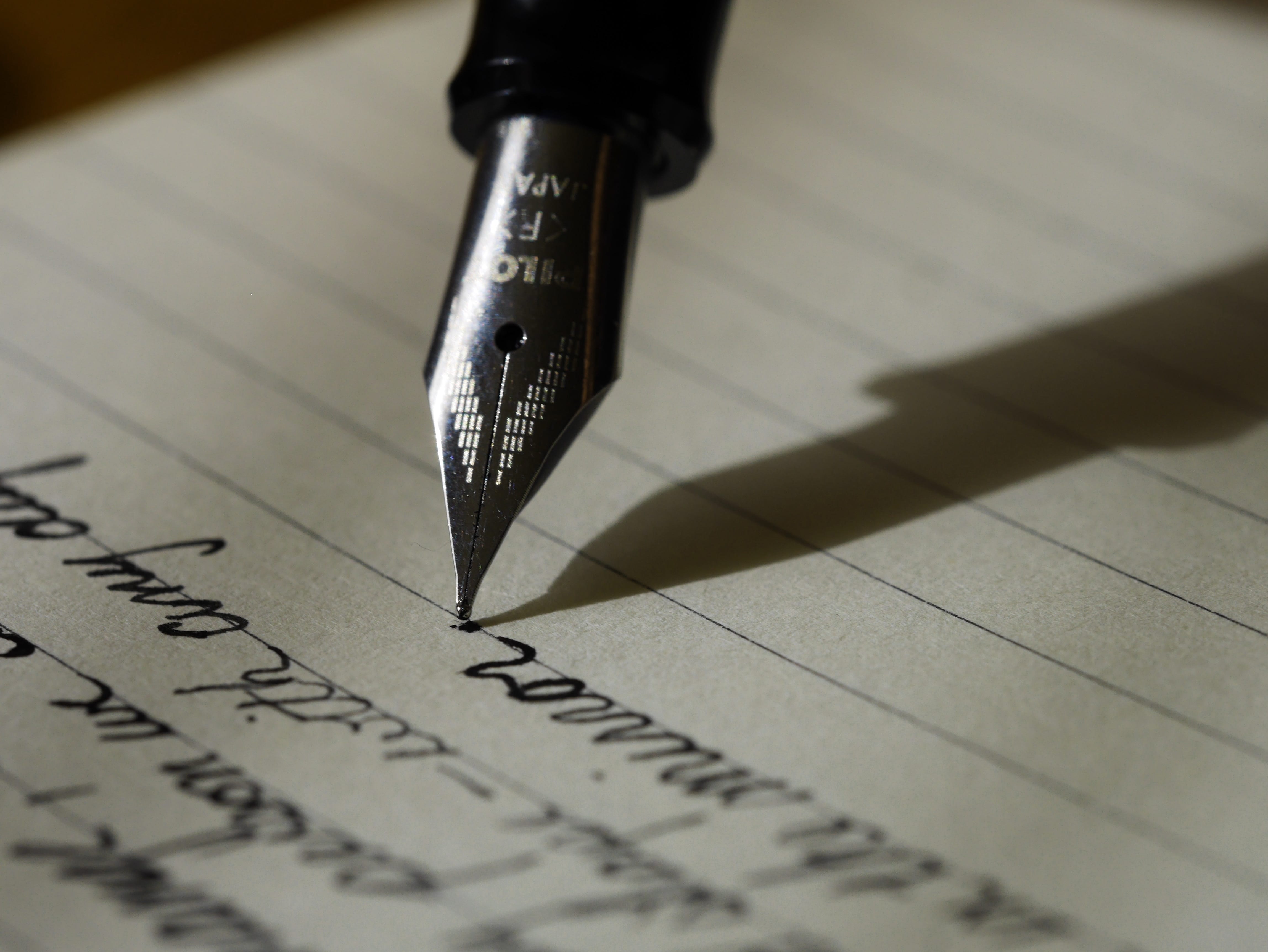No one engaging in legal writing has an excuse for intentional plagiarism. Accidents can happen, though. These tips will help you avoid accidental plagiarism.
Legal writing is much like any other type of writing when it comes to originality: You want to use your own words as much as possible. However, there are a few differences, particularly since legal writing uses a number of standard phrases and constructions in order to convey specific legal meanings. As a result, legal writing can often include much more text that is identical to that used in other pieces than some other types of writing without crossing the line to plagiarism.
However, there is still a standard array of methods that you can use to avoid plagiarism when you are writing a legal piece. Let’s take a look at 10 ways that you can avoid plagiarism in legal writing.
- Always place quotation marks around borrowed language. As should be obvious, you need to differentiate between your own words and those of others. Whenever you borrow the exact words of a source, place them in quotation marks to ensure that your readers can tell the difference between the words that you wrote and those that other people have written.
- Paraphrase in your own words. When you paraphrase rather than quote, you are less likely to accidentally use other people’s words without quotation marks. Think about the meaning of the information you’re trying to portray and then write it entirely in your own words without looking at the original. That way you will reduce the chance of writing a paraphrase too close to the original wording.
- Place a citation after every borrowed quotation or idea. Identifying your sources is one of the keys to academic writing. Whenever you borrow any information that isn’t common knowledge, you need to use a citation in order to acknowledge your sources and show where it came from. This step isn’t optional, so be sure you always cite sources clearly.
- Include a reference list at the end of your paper. All of those citations have to connect to something, and that’s where your reference list comes into play. Place your reference list at the end of the paper and make sure that it lists all of the sources that you cited in your paper. If you leave something out, you might accidentally plagiarize.
- Collect your sources before your start writing. By gathering your research and

Open books, arranged end-to-end; image by Patrick Tomasso, via Unsplash.com. creating your reference list before you start writing your paper, you’ll be less likely to forget where a piece of information came from or accidentally claim someone else’s idea as your own. This will help you to limit the chances for accidental plagiarism.
- Add value to borrowed information. When you use information, don’t just drop it in all by itself without explanation. Integrate it with your own insights and observations. Doing so both with help you to demonstrate that you understand what you are writing and will also make plagiarism less likely because you are including your own thoughts, not just copying others.
- Outline your paper before you write. When you outline your paper, you can plan ahead for what information you will use in each paragraph. That way you can list your references in your outline and make sure that you won’t accidentally leave one out as you write your paper.
- Proofread your paper carefully. Proofreading your paper will help you to catch accidental plagiarism, such as missing quotation marks. When you proofread carefully, you can discover instances where you forgot a citation, misplaced a quotation mark, or made another error that might lead to accidental plagiarism. Try proofreading both forward and backward to find additional errors. When you read the text backward, it activates different areas of your brain by making the text seem fresh and less familiar.
- Use plagiarism detection software. There are many online resources that will check your paper for plagiarism for free. Taking advantage of these free tools can help give you peace of mind by confirming that you’ve done your paper the right way and don’t have any obvious plagiarism. These tools aren’t 100% accurate, but they can indicate any potential problem areas.
- Use an essay-writing service. If you are in doubt, contact a writing services and say that “I want to pay someone to write my paper for me.” When you have an essay writing service write a paper for you, they will produce a plagiarism-free paper that you can use as an example that will show you the right way to approach your topic without plagiarism.


Join the conversation!